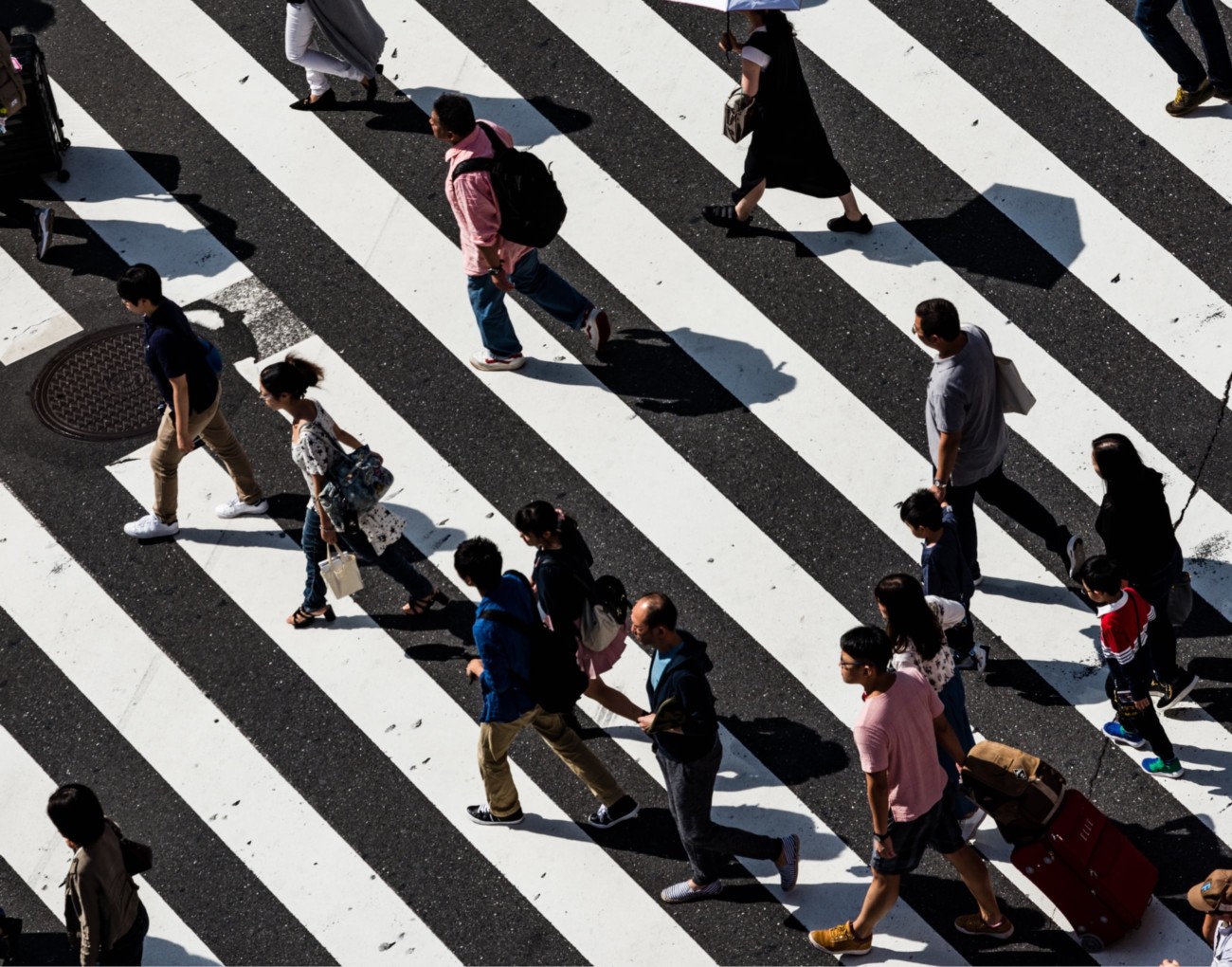55% of the world’s population currently lives in urban areas

By 2050, this number is expected to rise rapidly to 68%, especially in more population-dense areas such as Asia. To combat this, cities are turning to smart technology to address sustainability and tackle some of the pressing issues.
Current projections from the 2018 Revision of World Urbanization Prospects produced by the Population Division of the UN Department of Economic and Social Affairs (UN DESA) shows projections that the urbanization and gradual shift from rural to urban could add another 2.5 billion people in urban areas by 2050, with close to a 90% increase taking place in Asia and Africa.
With a large increase in the population in cities, solutions for overcrowding that have been used until now are gaining a technological make over as cities are turning towards smart solutions to combat issues that population-dense areas can bring.
According to Urbanet, the most urbanised areas in the world today include North America at 82% of its population living in urban areas, Latin America at 80%, Europe at 74%, Oceania at 68%. Currently the most rural locations are in North Africa with 52% living in urban areas, Asia at 48% and sub-Saharan Africa at 38%.
Despite the rise, some areas are in decline
While some cities are looking towards a future of population increase, certain areas in the world are currently in a population decline or stagnation. Some areas around the world are facing economic contractions, natural disasters or other low-fertility reasons which are causing decrease in their population density.
Cities in Japan, the Republic of Korea, Poland, Romania and Ukraine have been experiencing this decline over the last couple of decades, with projections showing that this decline could last until 2030. However, other than these few locations, only a couple of other cities are expecting to see a population decline.
The Inevitable Increase of Megacities
While some cities in Japan are facing a decline, Tokyo is currently the world’s largest city with around 37 million inhabitants. This is then followed by New Delhi with 29 million and Shanghai at 26 million. These large cities with populations of over 10 million inhabitants are labelled as “Megacities”. Currently the UN lists 33 cities around the world falling into this category, with The Guardian stating that this could rise to 43 megacities by 2030.
This speed and scale of urbanization not only brings strains upon the city’s infrastructure, but also raises challenges of meeting the demand for affordable housing and well-connected transportation. A megacity has the responsibility of supporting the demands of its 10+ million population in order to keep a sustainable growth.
As the Worldbank highlights, “Once a city is built, its physical form and land use patterns can be locked in for generations, leading to unsustainable sprawl. The expansion of urban land consumption outpaces population growth by as much as 50%, which is expected to add 1.2 million km² of new urban built up area to the world in the three decades.” This shows that with an increasing population, other pressures are placed in our urban locations, further accelerating other areas within urban development beyond just population.
Approaching Sustainable Urbanisation is Key to our Futures
By understanding the accelerated population growth, and the impact that it has on our cities, it is clear that the implementation of the 2030 Agenda for Sustainable Development from the UN is crucial to our futures. This demand for sustainability and inevitability of urban growth leads us to the conclusion that a new framework for urban development is required.
While governments around the world are analysing their cities and building these frameworks, various technologies are evolving to bring new and unique approaches that solve not only the urban growth issues, but also fulfil the Sustainable Development Goals.
Many countries still face challenges in meeting the needs for their growing urban populations, challenges which include housing, transportation, energy systems and other infrastructure, as well as challenges for employment and basic services such as education and healthcare. The development of these lies heavily on building on their existing economic, social and environmental ties.